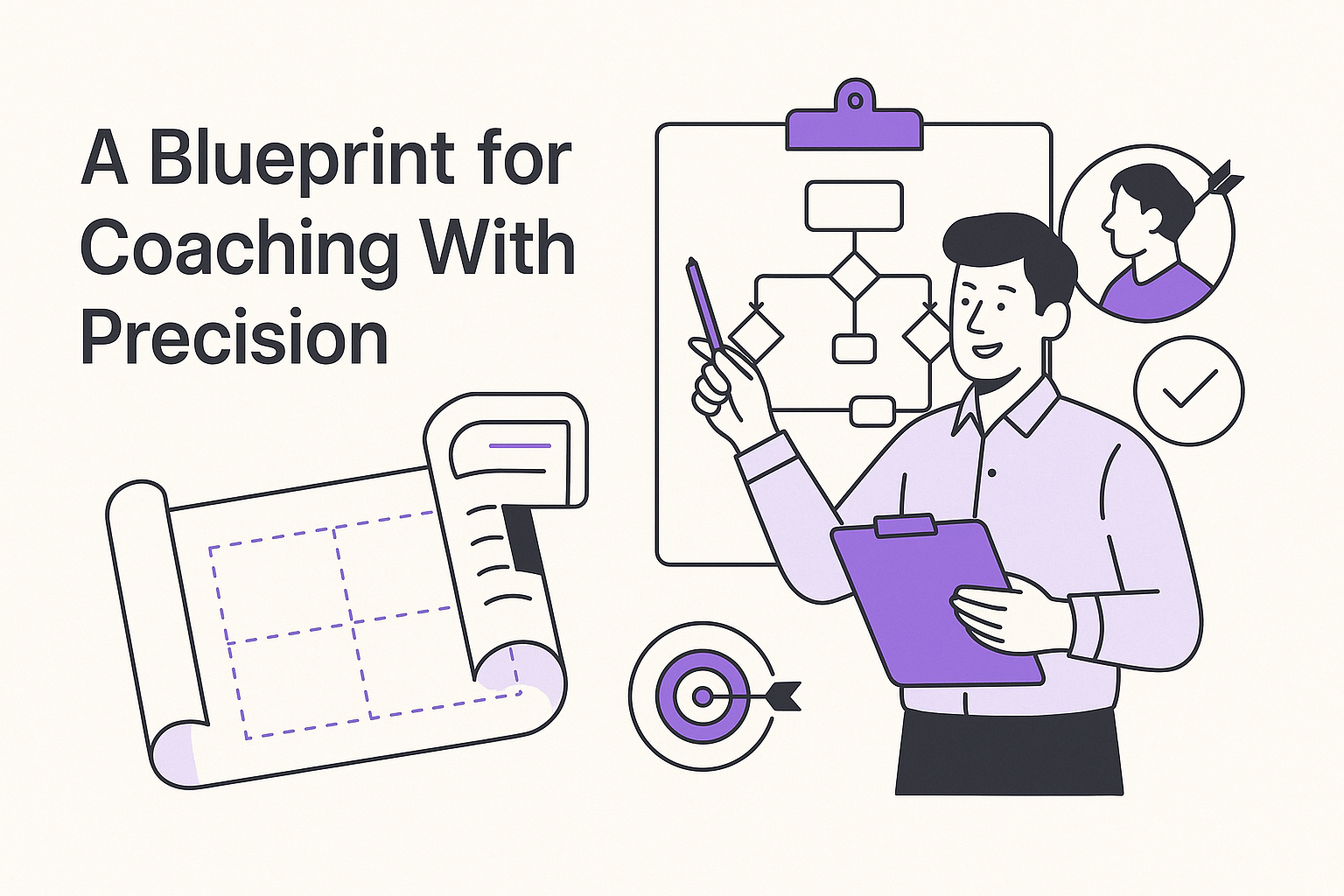Consumer Marketing Analytics: Detailed Explanation
-
Hello Insight
- 10 min read
Understanding consumer behavior is essential in today’s competitive market. Consumer Insights Analysis provides the framework for businesses to decode how customers think, feel, and act. By examining customer preferences and purchasing patterns, businesses can create targeted marketing strategies that resonate with their audience.
This analysis is not just about gathering data; it’s about transforming insights into actionable strategies. As companies strive to enhance customer experiences, understanding the nuances of consumer sentiments becomes vital. In this section, we will delve into the significance of Consumer Insights Analysis, equipping marketers with the knowledge to make informed decisions and drive positive outcomes.
Generate visualizations from your qualitative data. At Scale.

Understanding Consumer Marketing Analytics Through Consumer Insights Analysis
Consumer Insights Analysis plays a pivotal role in understanding consumer marketing analytics. By delving into consumer behavior and feedback, businesses can uncover valuable patterns and preferences that guide their marketing strategies. This analysis transforms raw data into actionable insights, allowing companies to create targeted campaigns that resonate with their audience. The iterative nature of this process encourages constant refinement based on consumer responses, ensuring that marketing tactics remain relevant and effective.
To harness the power of Consumer Insights Analysis, businesses can follow several key steps. First, they must focus on gathering comprehensive data through surveys, social media interactions, and customer feedback. Next, it's crucial to analyze this information to identify trends and behavioral patterns. By interpreting these insights, organizations can adjust their marketing approaches and enhance user experience, ultimately driving customer satisfaction and loyalty. Understanding this analytical approach empowers businesses to remain competitive in a rapidly changing marketplace.
The Role of Consumer Insights Analysis in Marketing Strategy
Consumer insights analysis plays a pivotal role in shaping effective marketing strategies. By integrating data with consumer behavior, businesses can unlock valuable understanding about their target audience. This analysis serves as the foundation for decision-making, helping marketers tailor their campaigns to meet customer expectations.
Many factors contribute to the effectiveness of consumer insights analysis in marketing strategy. First, it allows businesses to identify trends and preferences over time. Second, it enables targeted messaging, ensuring that communications resonate with specific demographics. Lastly, the insights derived from data analysis can lead to enhanced product development, aligning offerings with customer needs. By utilizing consumer insights, brands can foster deeper connections, drive engagement, and ultimately improve conversion rates, making it an essential component of any marketing strategy.
Tools for Effective Consumer Insights Analysis
Effective Consumer Insights Analysis requires the right tools to gather, analyze, and interpret data. A few essential tools come to mind when discussing important functionalities for this analysis. First, data visualization software plays a crucial role in transforming raw data into actionable insights. These tools help marketers understand complex data through visual representations, facilitating quicker decision-making.
Next, text analytics platforms are invaluable for analyzing customer feedback. By leveraging natural language processing, these tools can extract sentiments, common themes, and important metrics from open-ended responses, enhancing understanding of consumer perspectives. Finally, survey tools allow for the collection of specific data tailored to address particular marketing questions. By employing a combination of these tools, businesses can engage in thorough Consumer Insights Analysis, leading to improved marketing strategies and ultimately, higher consumer satisfaction.
Evaluate Performance on Customer Calls for Quality Assurance.
Steps to Implement Successful Consumer Insights Analysis
To implement successful consumer insights analysis, begin with a solid foundation of data collection and integration. Gathering relevant data entails understanding your target audience and the various channels through which interactions occur. Consolidate this information into a centralized platform, enabling easy access and real-time updates for stakeholders. A streamlined data stream ensures that the insights generated are timely and actionable.
Next, focus on analyzing consumer behavior through various methodologies such as qualitative and quantitative research. Utilize advanced analytics tools to uncover patterns and trends within the data. Consider integrating feedback mechanisms from customers to validate your findings. This iterative approach fosters a deeper understanding of customer preferences and pain points, ultimately enhancing marketing strategies. By approaching consumer insights analysis in this structured manner, businesses can derive meaningful data, informing decisions that resonate with their audience.
Step 1: Data Collection and Integration
Effective data collection and integration forms the backbone of a successful consumer insights analysis. The first step involves gathering various data sources, including customer feedback, sales data, and market surveys. Integrating this data allows marketers to create a comprehensive view of consumer behaviors and preferences. By evaluating both qualitative and quantitative information, businesses can uncover meaningful trends that inform their marketing strategies.
Once data is collected, the integration process must ensure that it is organized and accessible. This can involve using databases or software tools that facilitate easy data retrieval and manipulation. Structured data ensures that analysts can quickly identify patterns, such as common pain points or emerging preferences. This foundational step is crucial for deriving actionable insights, as it sets the stage for deeper analysis and informed decision-making throughout the consumer marketing lifecycle.
Step 2: Analyzing Consumer Behavior
Understanding consumer behavior is vital for effective marketing strategies. Step 2: Analyzing Consumer Behavior provides insights that allow businesses to tailor their offerings. Through consumer insights analysis, organizations can identify trends, preferences, and pain points, enabling them to create targeted campaigns that resonate with potential customers. This step involves exploring various data sources, such as surveys, feedback, and social media comments, to construct a comprehensive understanding of consumer sentiments.
To conduct a thorough analysis, it is crucial to follow these key steps: (1) Collect data from reliable sources to ensure accuracy, (2) Segment consumers based on demographics and behaviors to personalize marketing efforts, and (3) Analyze feedback to discern positive and negative sentiments. These actions help in developing actionable strategies and strengthening customer relationships. With in-depth insights, businesses not only enhance their product offerings but also build loyalty among their customers.
Conclusion and Future Trends in Consumer Insights Analysis
Consumer Insights Analysis is pivotal in understanding evolving consumer behaviors and preferences. As businesses strive to connect with their audiences, insights derived from data continue to shape marketing strategies. Organizations must prioritize data integration and analysis to stay agile and responsive to market changes.
Looking ahead, the integration of advanced technologies, such as AI, will further enhance the capabilities of Consumer Insights Analysis. Automation and machine learning can uncover deeper insights, allowing brands to personalize experiences more effectively. Staying informed about these trends will enable marketers to leverage insights for sustainable growth.






